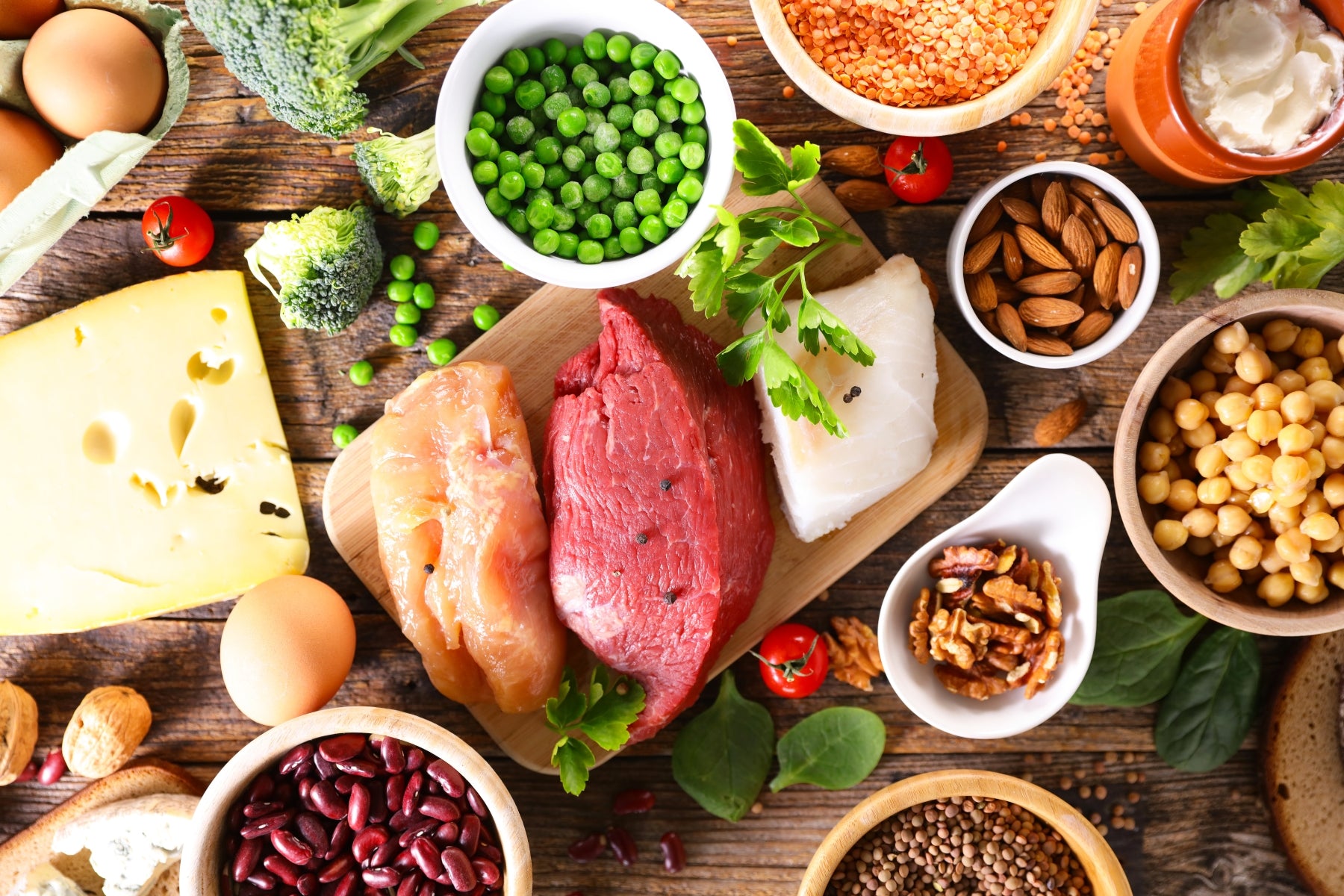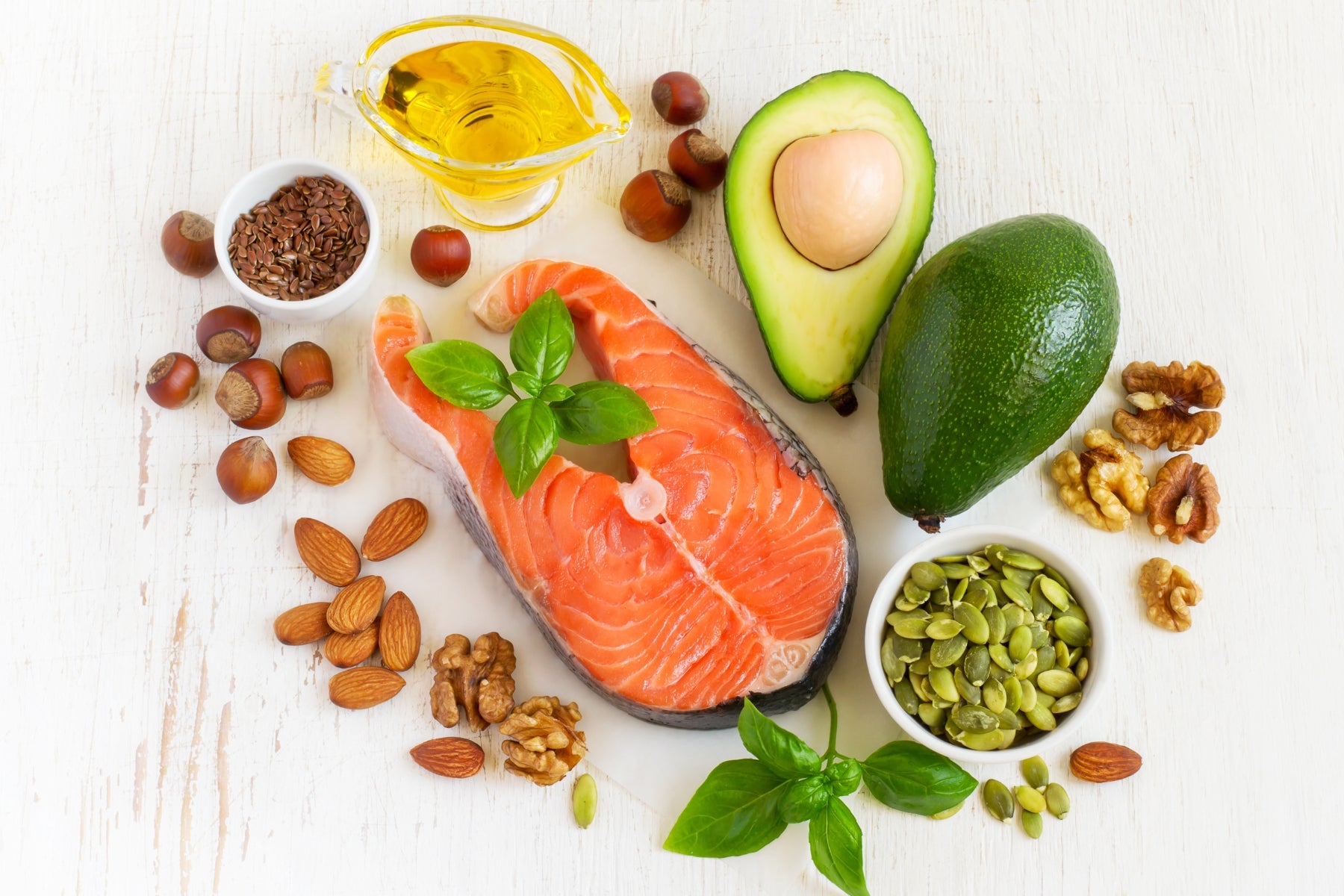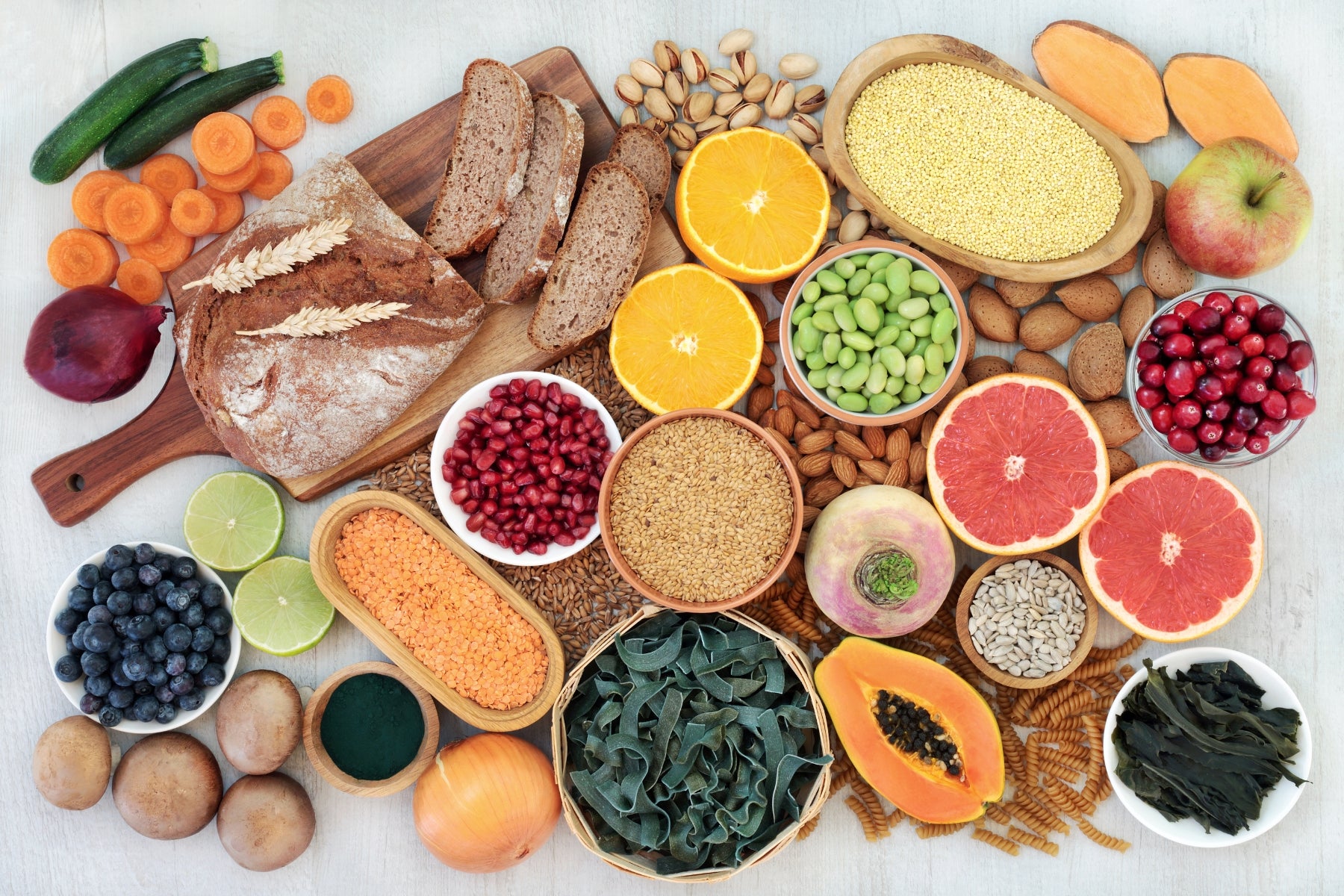Table of contents
1
What are proteins?
What functions do proteins perform in the body?
Essential and non-essential amino acids
2
Protein-containing foods
3
Are all proteins the same?
4
How much protein does the body need per day?
5
The timing of protein intake: when does it work best?
For muscle building - sufficient protein is most important
Against muscle loss - the same amount of protein with every meal
6
What happens to the body with a protein deficiency?
7
Proteins and sport
8
Conclusion
Table of contents
1
What are proteins?
What functions do proteins perform in the body?
Essential and non-essential amino acids
2
Protein-containing foods
3
Are all proteins the same?
4
How much protein does the body need per day?
5
The timing of protein intake: when does it work best?
For muscle building - sufficient protein is most important
Against muscle loss - the same amount of protein with every meal
6
What happens to the body with a protein deficiency?
7
Proteins and sport
8
Conclusion
| Foodstuffs | Protein content / 100 g | Calories from protein |
|---|---|---|
| Egg, boiled | 12,6 g | 33 % |
| Chicken, cooked | 30,5 g | 83 % |
| Whole milk | 3,2 g | 22 % |
| Gouda | 24,9 g | 29 % |
| Walnuts | 15,2 g | 10 % |
| Tofu, hard | 13,3 g | 49 % |
| Lentils, cooked | 9,0 g | 32 % |
| Spinach, cooked | 3,0 g | 53 % |
| Zucchini, cooked | 1,1 g | 30 % |
| Chickpeas, cooked | 8,9 g | 22 % |
| Saturo Drink | 25,0 g | 21 % |
| Saturo Balanced Powder | 30 g | 25 % |



